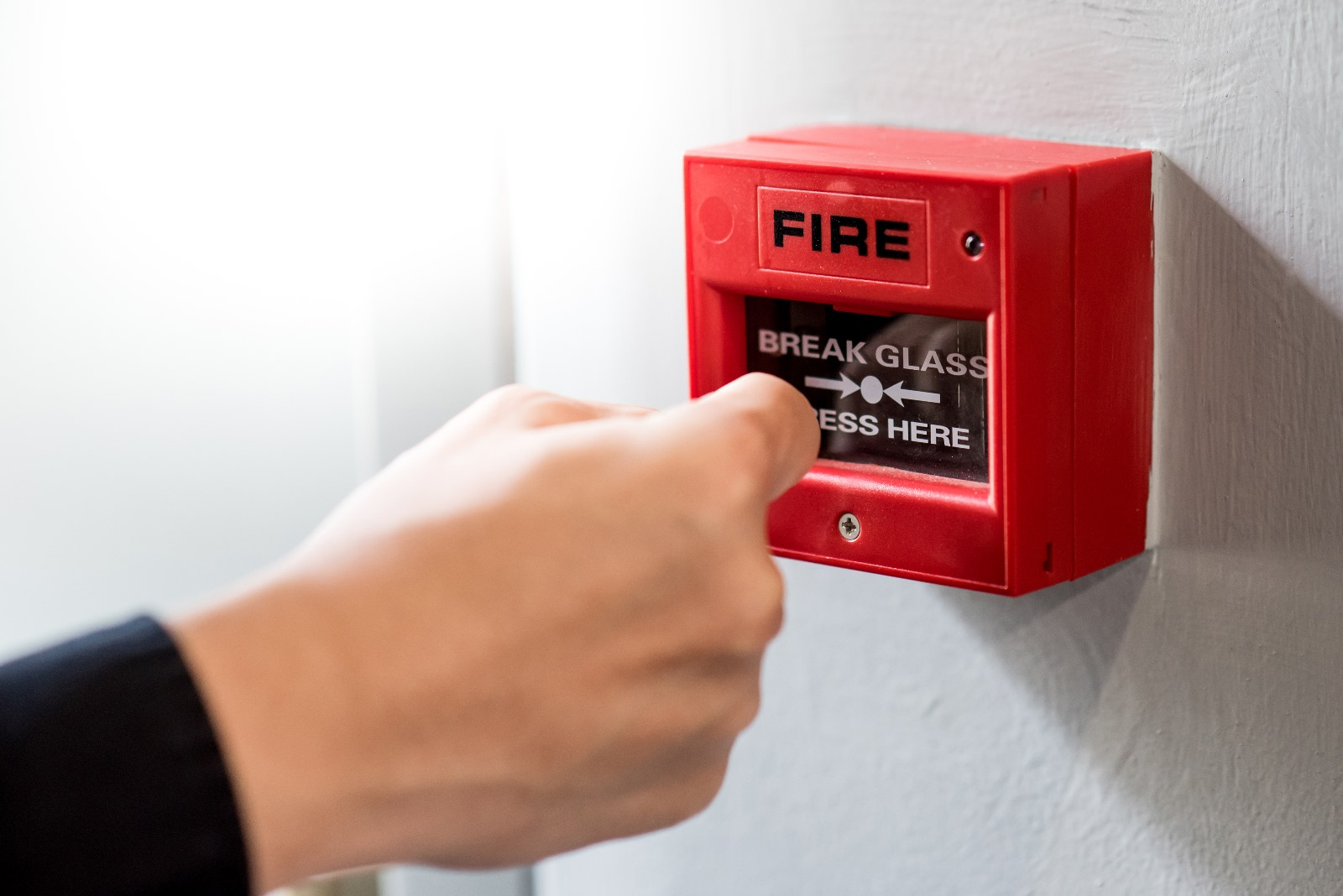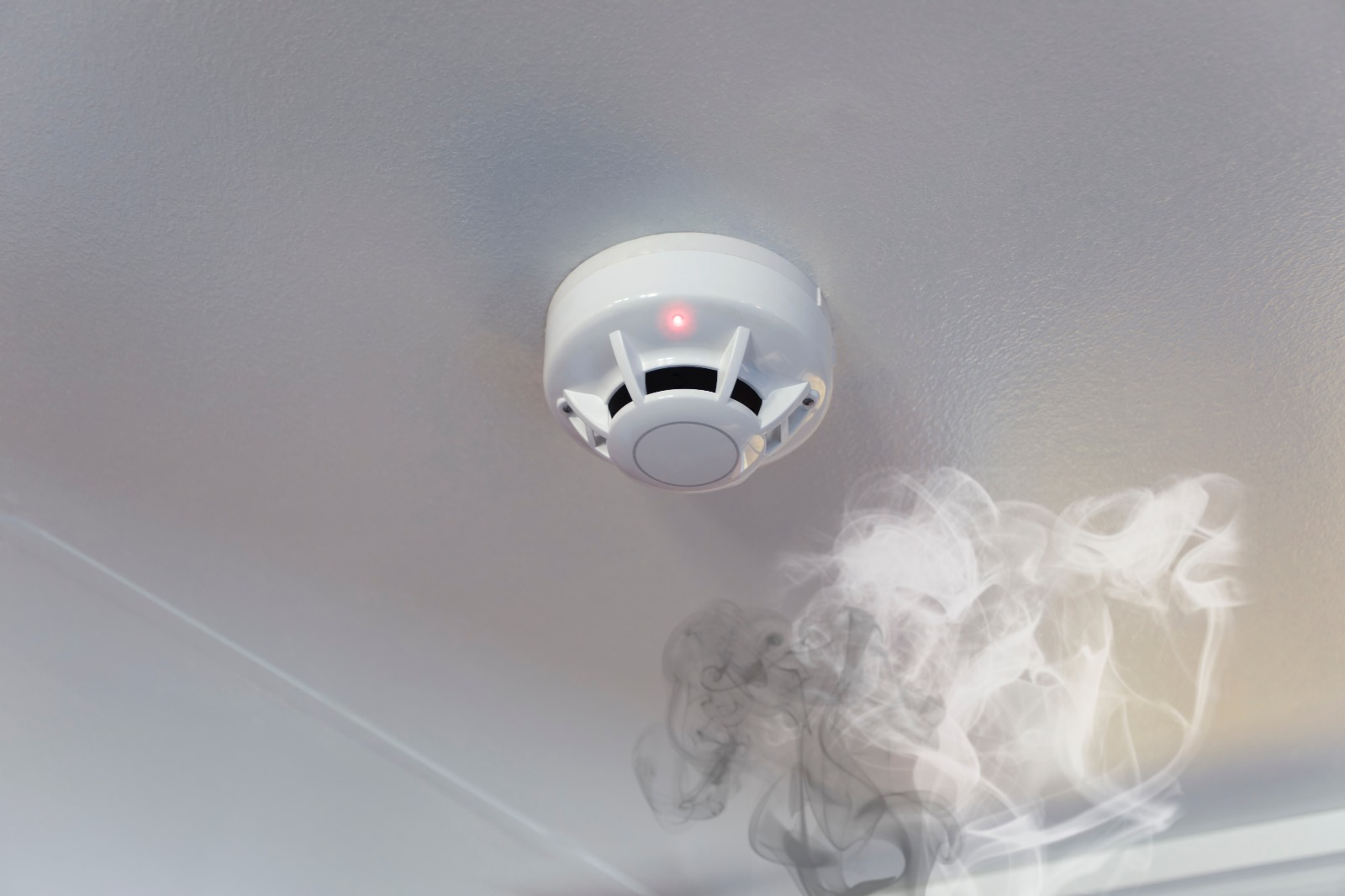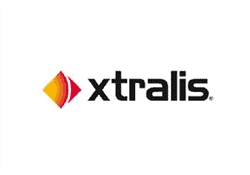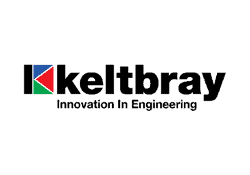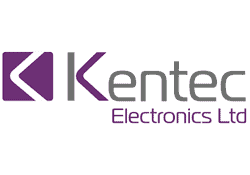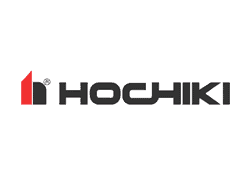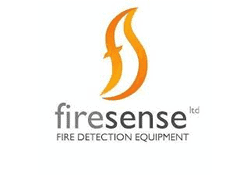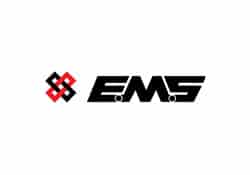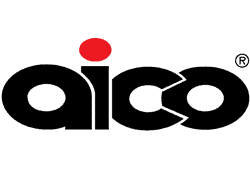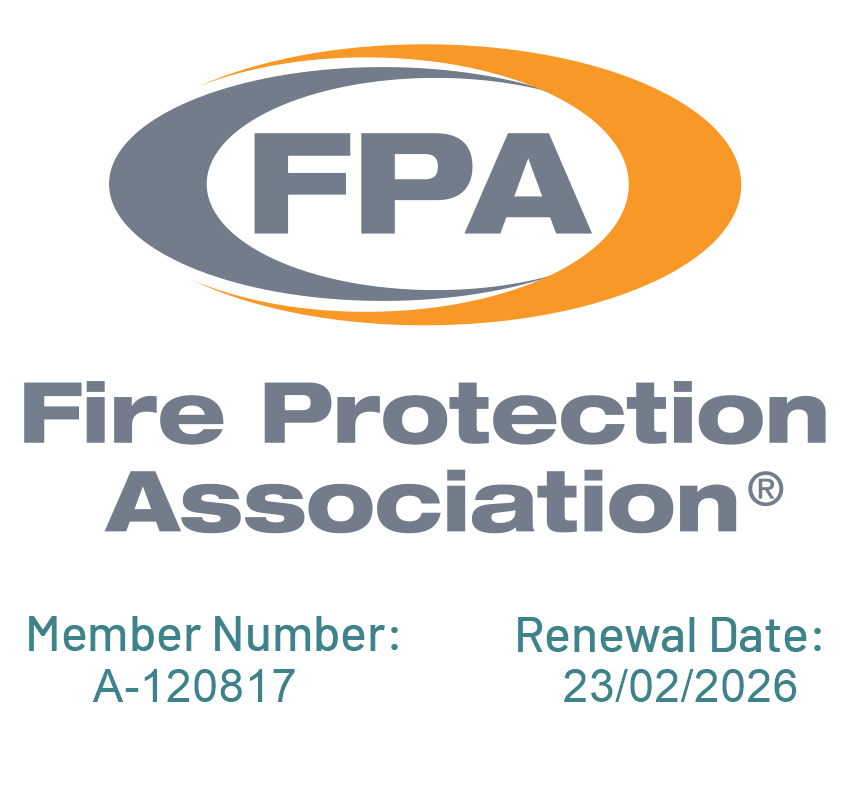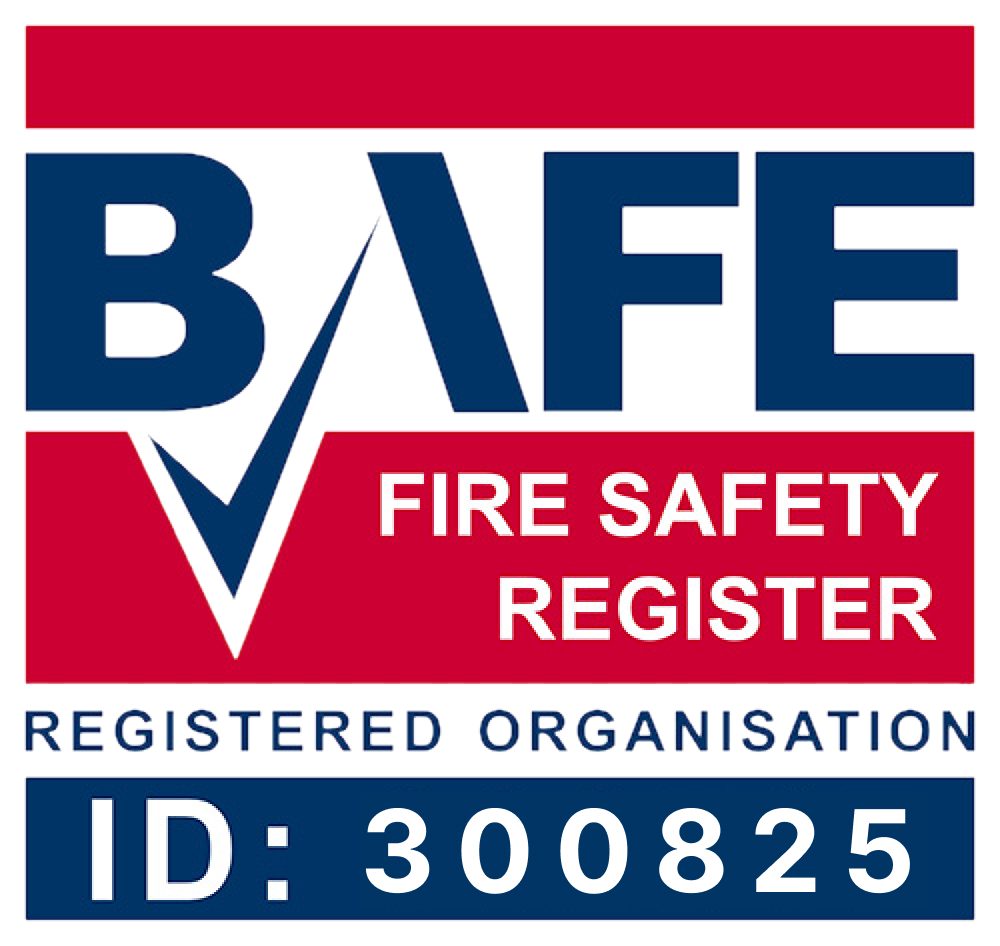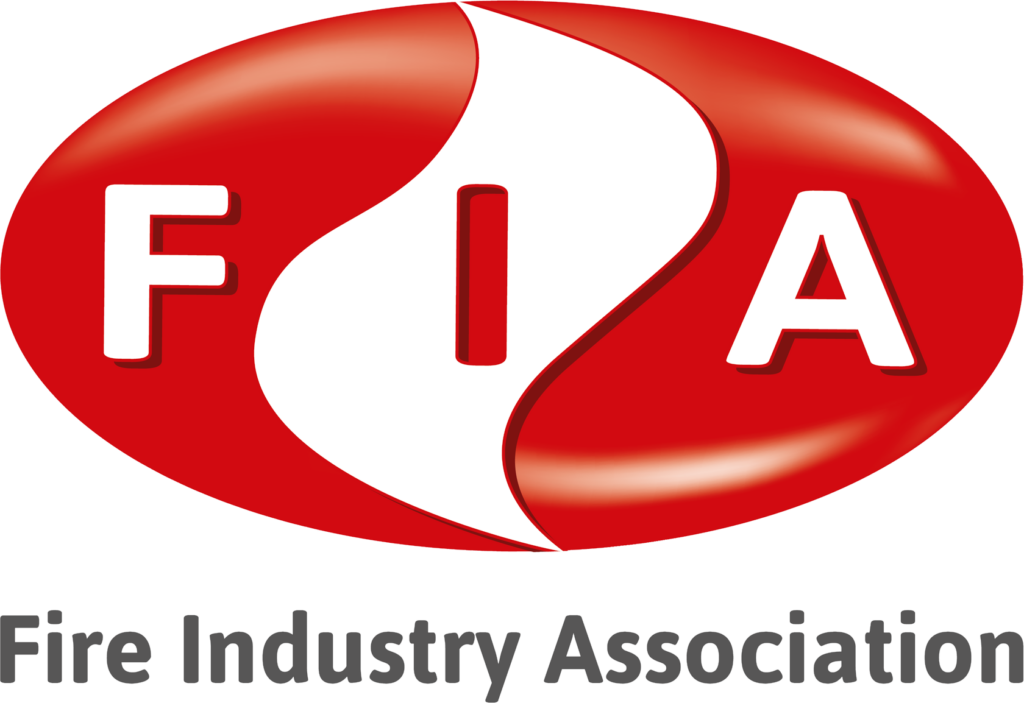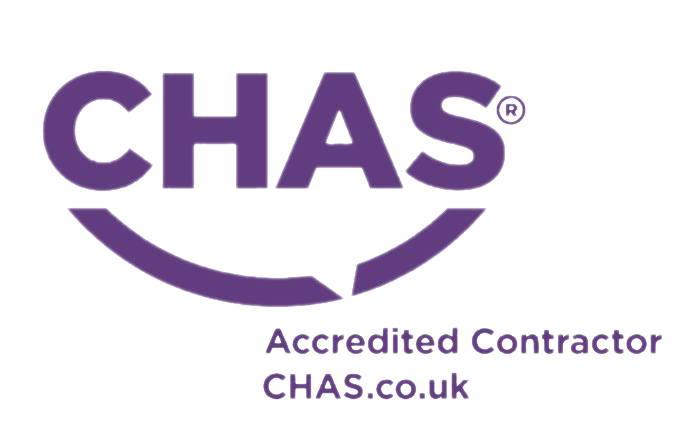The right lighting can have a huge impact on safety in any warehouse. In fact, 80% of all accidents that occur within warehouses are related to inadequate visibility due to a lack of proper lighting solutions.
It is therefore essential for businesses to consider the best emergency lighting choices when it comes to maintaining an efficient and safe working environment.
This article will explore some bright ideas for warehouse safety by looking at various emergency lighting solutions.
LED Emergency Lighting
LED emergency lighting is an ideal way to ensure safety in a warehouse.
Lighting needs can be tailored to the size of the facility, with a range of products available that take into account different voltage outputs and lumen requirements.
LED technology offers significant advantages over other types of light sources due to its high efficiency, long life span, and improved visibility for users.
It also provides excellent colour rendering which helps create safe working environments by providing consistent general lighting throughout the area.
This reduces the risk of accidents caused by incorrect or insufficient illumination when it’s dark outside or during power cuts.
In addition, LEDs require little maintenance as they are extremely durable and resistant to shock, vibration and extreme temperatures – making them perfect for warehouses where the movement of personnel and equipment is frequent.
Battery Backup Lighting
Little did we know that LED emergency lighting was only the beginning of warehouse safety solutions and battery-backup lighting would be a much more powerful solution for ensuring warehouses remain safe and secure in any situation.
First and foremost, one of the key benefits of battery backup lighting is its portability. This means it can be moved around easily to provide coverage wherever it’s needed most – without having to worry about plugging it into an electrical outlet or finding extra power sources.
Moreover, these lights don’t just come with batteries; they also have built-in switches which allow you to control how long each light stays on and off at any given time.
Finally, battery backup lights are designed with a low-temperature operating range so that they won’t overheat when used in extreme temperatures.
The combination of all these features makes battery backup lights ideal for warehouses that need reliable emergency lighting solutions no matter what situation arises. With their portability, controllable run times and temperature tolerance, these lights will ensure your warehouse remains brightly lit even during unplanned outages or other emergencies.
Motion-Activated Lighting
Let’s start discussing cost-effective solutions for motion-activated lighting.
Automated illumination is a great way of ensuring warehouse safety without breaking the bank.
We should also look into motion-sensing technology, as it’s a reliable way of keeping your warehouse well-lit.
Cost-Effective Solutions
If you’re looking for cost-effective emergency lighting solutions, look no further than motion-activated lights.
These provide a great way to ensure the safety of your warehouse staff and customers without breaking the bank.
Motion sensors detect movement in dark areas, providing light as soon as it’s needed – meaning you don’t have to worry about forgotten switches or leaving permanent lights on throughout the night.
With lower energy bills and less need for manual maintenance, these lights are an easy choice!
Best of all, they can be easily installed with minimal disruption to daily operations.
Automated Illumination
Moving on to automated illumination, motion-activated lighting can provide a great way of ensuring your warehouse is suitably lit at all times.
Not only does this help you meet safety regulations, but it also reduces the need for manual intervention in order to turn lights on or off – meaning you don’t have to worry about any unnecessary energy costs.
With low installation fees and minimal disruption during setup, these lights are an ideal choice!
Plus, they’re reliable enough that you know they’ll always be up and running when needed.
Motion-Sensing Technology
What’s more, motion-sensing technology can be integrated into these lights for further convenience.
This allows the lights to only turn on when movement is detected within the vicinity – ensuring that energy isn’t wasted and your safety regulations are met at all times.
Moreover, this also ensures that lights won’t stay on unnecessarily if there’s no one around who needs them – providing even greater efficiency in terms of both cost and energy consumption.
All in all, it’s a great way to ensure you’re always following best practices!
Exit Signage And Markers
In any warehouse, it is essential that all staff and visitors are able to find their way out of the building in an emergency. Exit signage and markers provide a clear route for people to follow so they can exit safely and quickly. These signs should be clearly visible, with large lettering and bright colours to ensure everyone knows where the exits are located.
It’s also important that these signs aren’t obstructed by boxes or other objects, as this can cause confusion if there is an emergency evacuation. Having adequate lighting around the exit points is equally vital; without being able to see the signs clearly, people may not know how to escape from danger.
Emergency lighting solutions such as LED strips or floodlights offer reliable illumination during power outages when regular lights don’t work, giving peace of mind that both employees and customers will be safe in case of an unexpected event. In combination with effective exit signage, this can help guide people away from potential hazards during times of crisis.
All in all, having well-lit passages alongside easily identifiable exit points ensures a secure environment for those working in warehouses day-to-day.
Automated Emergency Shutoffs
Let’s start by looking at the advantages of automated shutoffs; they offer a quick and efficient way to shut down a system in the event of an emergency.
On the other hand, there are some potential disadvantages that need to be considered, such as the cost of implementation and the potential for system failures.
Advantages Of Automated Shutoffs
The advantages of automated shutoffs for emergency lighting solutions are numerous.
Firstly, they can be triggered quickly in the event of a power outage or other emergency situation, ensuring that workers have the necessary light to navigate their way out safely.
Furthermore, these systems require minimal maintenance and offer a cost-effective solution as compared to manual switches operated by staff.
Their automatic nature also eliminates any potential errors associated with manually switching off lights in an emergency.
Finally, automated shutoffs allow for greater flexibility when it comes to adjusting your warehouse’s lighting needs during normal operation; you can easily program them to switch on and off at specific times if desired.
All in all, automated shutoffs provide an invaluable safety feature for warehouses and should certainly not be overlooked.
Disadvantages Of Automated Shutoffs
However, there are a few potential drawbacks to automated shutoffs.
For one thing, if the system malfunctions or is not properly maintained, it could lead to unnecessary delays in shutting off the lights during an emergency.
Additionally, these systems may be too expensive for some warehouse owners and require a significant investment upfront.
Finally, due to their automatic nature, they can’t always adjust quickly enough when unexpected situations arise.
All in all, while automated shutoffs provide many benefits, it’s important to consider the potential downsides before investing in such a system.
Fire Alarm Connectivity
When it comes to warehouse safety, nothing is more important than emergency lighting solutions. With the right setup, you can ensure that your staff are always safe in times of crisis – no matter what. However, installing these systems correctly requires a great deal of skill and care; one slight mistake could have catastrophic consequences.
Fire alarm connectivity is essential for any workplace that wishes to stay safe from potential hazards. Without this crucial link between alarms and lights, workers may be unaware when an issue arises or worse – unable to react quickly enough should disaster strike.
Thankfully, modern technology makes connecting fire alarms with lighting fast and easy – allowing companies to rest assured that their staff are protected at all times.
Frequently Asked Questions
What Are The Cost Implications Of Installing Emergency Lighting Solutions?
The cost implications of installing emergency lighting solutions need to be considered.
It’s important to remember that the installation cost isn’t all you’ll have to think about; there are other associated costs, such as maintenance and replacement bulbs, which should also be taken into account when weighing up the total expenditure.
Depending on the type of solution chosen and its complexity, these costs can vary significantly over time – so it’s best to do your research beforehand in order to make sure you’re getting a good deal.
How Do I Know Which Type Of Emergency Lighting Solution Is Best For My Warehouse?
When it comes to safety in the warehouse, emergency lighting solutions are an absolute must. Knowing which type of solution is best for your circumstances can be a tricky business, but there’s no need to lose heart – you’re sure to find something that fits the bill.
To make this process easier, think of it like looking for a needle in a haystack; with some patience and research, you’ll soon have the perfect fit. It’s important to remember that while cost implications vary depending on the model chosen, investing in such measures could save invaluable time and money in the long run.
Is It Necessary To Install Emergency Lighting Solutions In All Areas Of The Warehouse?
It is indeed necessary to install emergency lighting solutions in all areas of a warehouse.
This type of system allows for improved safety and visibility during power outages, or other times when illumination would be required but regular lighting systems may not function as intended.
Emergency lighting helps ensure that personnel can navigate the warehouse safely and quickly, even in the event of an unexpected power outage.
The installation of such systems should be done according to industry regulations, providing maximum reliability and effectiveness regardless of their location within the warehouse environment.
What Are The Regulations For Emergency Lighting Solutions In My Region?
It is important to consider the regulations for emergency lighting solutions in your region when deciding on a course of action.
For example, in the UK an employer must provide adequate lighting and ensure it is maintained to reduce risks from fire or any other accidents that may occur within their warehouse.
Emergency lighting should be installed in all areas as per The Regulatory Reform (Fire Safety) Order 2005, which states that working and escape routes must have sufficient illumination so people can evacuate safely if necessary.
It’s essential to comply with these standards as failure to do so could result in fines or worse depending on local authority guidelines.
How Easy Is It To Maintain Emergency Lighting Solutions?
Maintaining emergency lighting solutions is relatively straightforward.
In the UK, regulations are in place that require businesses to schedule regular checks and tests of their emergency lighting systems, ensuring they remain in good working order.
Regular maintenance should include checking batteries and replacing bulbs as needed, so it’s important for companies to stay up-to-date with these procedures.
With a little bit of effort, businesses can make sure their emergency lighting remains compliant with regulations and effective when needed.
To conclude, emergency lighting solutions are a vital part of warehouse safety and can help to protect workers in the event of an accident or power outage.
With careful consideration of cost implications, regional regulations and maintenance requirements, it’s possible to select the perfect emergency lighting solution for your needs.
It’s important to remember that all areas of the warehouse should be equipped with adequate emergency lighting for maximum protection – no matter what size your business is.
Installing these systems may take time and money but, ultimately, they provide peace of mind knowing you have taken every necessary step towards creating a safe working environment.

